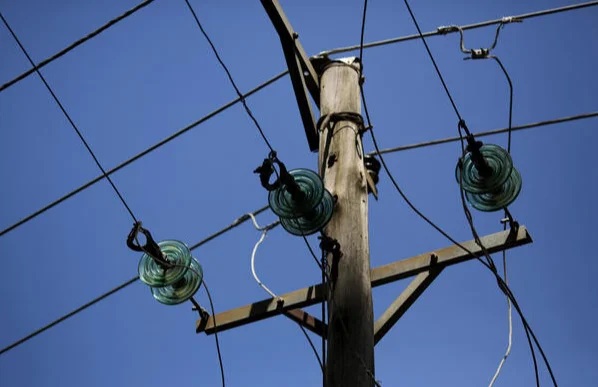
Summary:
Kenya experiences its third national blackout in as many months, plunging large parts of the country into darkness. Transport Minister Kipchumba Murkomen suspects sabotage and cover-up, calling for a formal investigation. The blackout at Jomo Kenyatta International Airport raises concerns, leading to a call for accountability and preventative measures. The blackout exacerbates public frustration over high fuel prices, with many businesses facing significant losses.
Large swathes of Kenya were thrust into darkness on Sunday night, marking the country’s third national blackout in three months. The power outage, which began before 8 p.m. local time, persisted across the nation into Monday morning. Jomo Kenyatta International Airport in Nairobi, a crucial regional hub, witnessed extended power outages in two of its terminals on Sunday evening.
Transport Minister Kipchumba Murkomen, visiting the affected airport, expressed deep concern and announced plans to formally request the National Police Service to investigate possible acts of sabotage and cover-up. The blackout raises questions about the resilience and reliability of Kenya’s power infrastructure.
In a social media statement, Kenya Power, the national provider, claimed its network was in “stable condition.” It attributed the widespread outages to a “sudden energy demand” causing a “cascade of generation trips.” The statement, however, did not provide details on the factors contributing to the unexpected surge in demand.
Kenyan Energy Minister Davis Chirchir cited a power line overload as the cause of the overnight outage. To address the situation, he announced “scheduled minimal load-shedding” in areas with high electricity consumption. Load-shedding involves strategically turning off power in different areas on a rotational basis to alleviate pressure on the national grid.
This blackout follows a similar incident in November, where it took 12 hours to restore power across the country. The most prolonged outage occurred on August 25, lasting close to 24 hours. The cause was disputed between Kenya Power, blaming a wind farm, and the wind farm operators, pointing fingers at the national supplier. The ongoing power issues cast doubt on the effectiveness of promised preventative measures.
Transport Minister Murkomen, following the August blackout, had assured that a recurrence at the Nairobi airport, deemed a facility of strategic national interest, would not happen again. However, the recent incident has reignited concerns about the vulnerability of critical infrastructure.
FAQs:
- What is the cause of the recent power outage in Kenya?
- The cause of the recent power outage is attributed to a “sudden energy demand” leading to a “cascade of generation trips,” according to Kenya Power. The Energy Minister also mentioned a power line overload.
- How has the government responded to the blackout, and what preventive measures are being considered?
- Transport Minister Kipchumba Murkomen has called for a formal investigation into possible acts of sabotage and cover-up. The government is considering scheduled minimal load-shedding in areas with high electricity consumption to ease pressure on the national grid. However, recurring blackouts raise concerns about the effectiveness of these measures.
